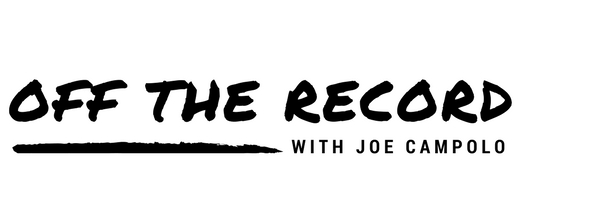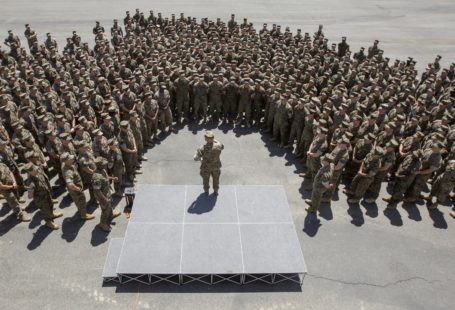Imagine you walk into a bar and see a couple that’s clearly on a first date. You can almost always tell if they’re interested in each other, even if you can’t hear the conversation. If he’s leaning forward and making eye contact, it’s probably going well, but if she’s constantly checking her watch, the feelings might not be mutual. Body language is an important way for us to pick up on emotions.
Though we like to think we base our judgments on character, rather than making assumptions on appearance, it’s simply untrue. We are hardwired to notice posture, facial expressions, tone of voice, and more, and all of it helps us form an opinion. So no matter how careful you are with your words at the negotiation table, you could be indicating dissent or frustration in how you hold your body. Consider these tips to empower you for your next negotiation.
Your eyes. The saying that you listen more to a person with your eyes than your ears is critical to a negotiation. The most important step to a successful negotiation is a party feeling that they have truly been heard, and that simply won’t happen if you are multitasking or playing with your phone during the conversation. Put your phone away and make sure that you maintain comfortable eye contact (in a non-creepy way).
Your hands. When you’re not thinking about it, you may not realize what you’re conveying to the opposing party through your hands. Drumming your fingers on the table signals that you’re impatient or even bored, and may send the message that you don’t consider the matter important or don’t value what your adversary is saying. Fidgeting, such as playing with a pen or adjusting your collar repeatedly, is considered a hallmark of nerves. That’s not something you want to convey in a negotiation. Try to still your hands so that you come across calm and collected.
Your body position. One signal you might not realize you’re sending is based on the position of your torso. You might be making eye contact and actively listening to your opponent, but if your chest is faced away, you’re sending a clear signal that you’re not invested in the conversation. Turn your body toward the conversation to convey that you’re taking the discussion seriously and value your adversary’s perspective.
Your handshake. We all know that a firm handshake makes for a good impression (and there’s a reason a weak handshake gets the “dead fish” nickname), but what else are you saying? Too firm, and you could come off as overly aggressive. Too weak, and you convey that you’re, well, weak. What you’re doing with your other hand can send signals as well. Putting your other hand on top of theirs is can be seen as a sign of dominance, while patting someone on the arm during a handshake can convey trust and good will.
There are many ways to convey emotion during a negotiation. The most important thing to keep in mind is to always be aware of what you’re conveying. Perhaps displaying a little command with a firm handshake is exactly what you need in your next negotiation—but use your body language as a tool, instead of sending a message you didn’t mean to give.



